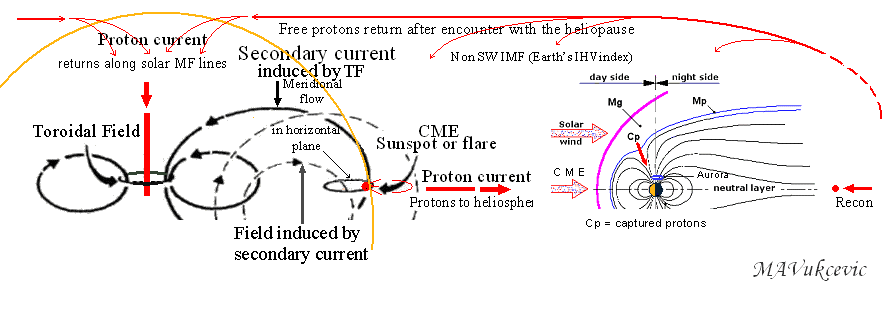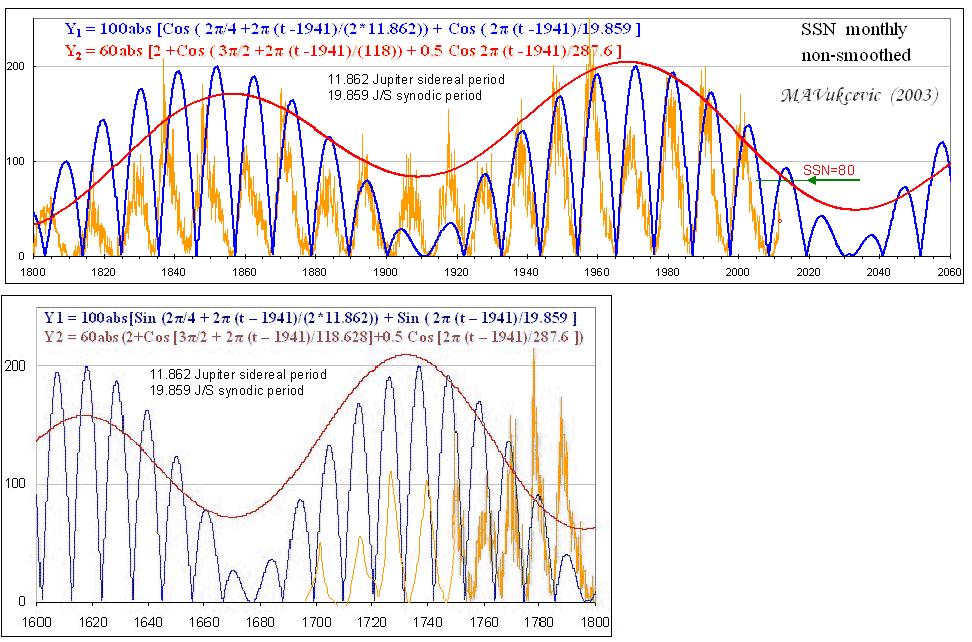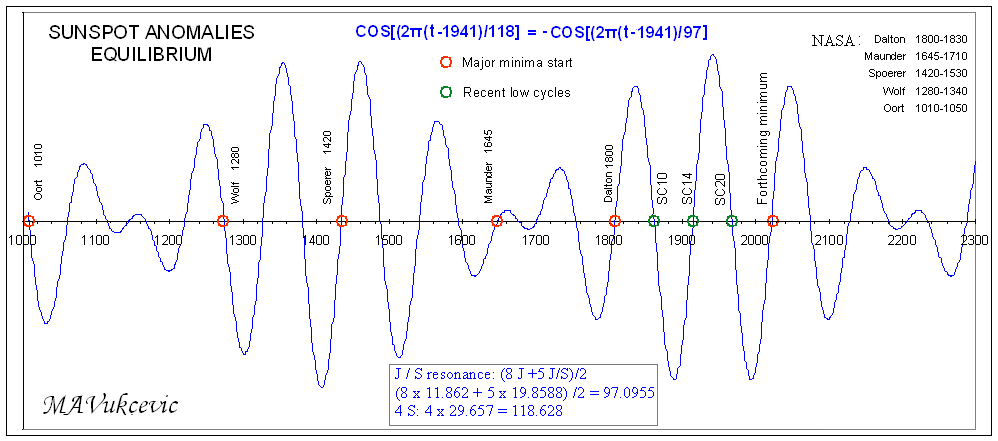
SOLAR ACTIVITY SYNCHRONISATION / MODULATION

Fig.1
The shape of our solar system moving through the interstellar medium was previously thought to be comet-shaped, with a head pointed into the stream, and a tail flowing downstream. New observations show the shape actually resembles something more like a slippery ball.
Fig.2
This spherical structure lends itself to possibility for a strong feedback.
This model of solar activity is based on the possibility that the current of charged particles ejected by solar activity at low latitude, after encounter with magnetospheres and the heliopause
returns via high latitudes, modulating/ synchronising the Sun's magnetic activity. For purpose of demonstration only positive charge particles of solar wind and CMEs are considered while it can be assumed that electrons are subject to similar effect (proton mass being ~1836 times greater).
In the above diagram only one hemisphere is considered, however an equivalent but independent process is applicable for the other one. Fraction of solar wind/CMEs protons is captured by planets magnetospheres, the rest proceeds to the heliopause, eventually losing some of the power.
Proportion of the particles is swept in the interstellar medium and fraction pulled and accelerated back by the solar magnetic field and gravity, closing electric circuit via regions of high latitudes. Because they are diffused and density is very low, returning protons by forming separate plasma layers, filter through the outgoing solar wind layers (at 1AU the outgoing proton density <10/cm2/sec). At closer proximity to the sun, solar magnetic field is strong enough to pull the RP to higher latitudes, inhibiting solar activity in those regions. In the second half of the cycle there would be greater preponderance of the returning protons, originated by previous sunspot peak, pushing solar activity further down to the lower latitudes. Returning leg of the proton current is a variable DC , function of intensity of the outgoing current, degree of the magnetospheric proton capture, and strength of galactic field.Let's consider the main current (having field aligned component) oscillating between two DC values as a result of being modulated by load from planetary magnetospheres. As the current increases (positive gradient of change) the magnetic field generated by it will also change. N and S hemispheres will have different polarity, due to flow from opposite directions into the Sun. The increasing magnetic field will induce secondary currents, which in turn will create own magnetic loops that energize sunspots. When the proton current approaches its maximum, its gradient will fall to zero i.e. no change, no primary magnetic field induction, no secondary currents, no SS magnetic loops (solar min). Falling proton current (negative gradient of change) will induce magnetic field of the opposite polarity, changing direction of the secondary current circuits, and therefore polarity of SS magnetic loops (new SC). Rising return proton current would be responsible for magnetic polarity of (say) even cycles, while falling current would be then for the odd cycles.

